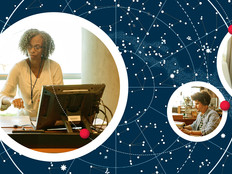3. If my applications are in the cloud, should I be investigating SDN?
As a data center technology, SDN isn’t going to be that interesting if you’re shuttering or seriously downsizing your data center LAN. Your cloud service provider may be using SDN products, but that should be invisible to you.
4. Where does SDN fit in my campus network?
The most advanced SDN products are designed for data centers and contain complex applications. When an application has three tiers and dozens of moving parts to securely connect, SDNs can create optimized paths and security separations that are often hard to build manually.
5. Can I use SDN in my WAN?
SD-WAN can build more reliable, faster and cost-effective networks on top of different WAN technologies. It isn’t the type of SDN that you’d find in a data center, but it has the same central idea of increasing the intelligence of the control plane.










